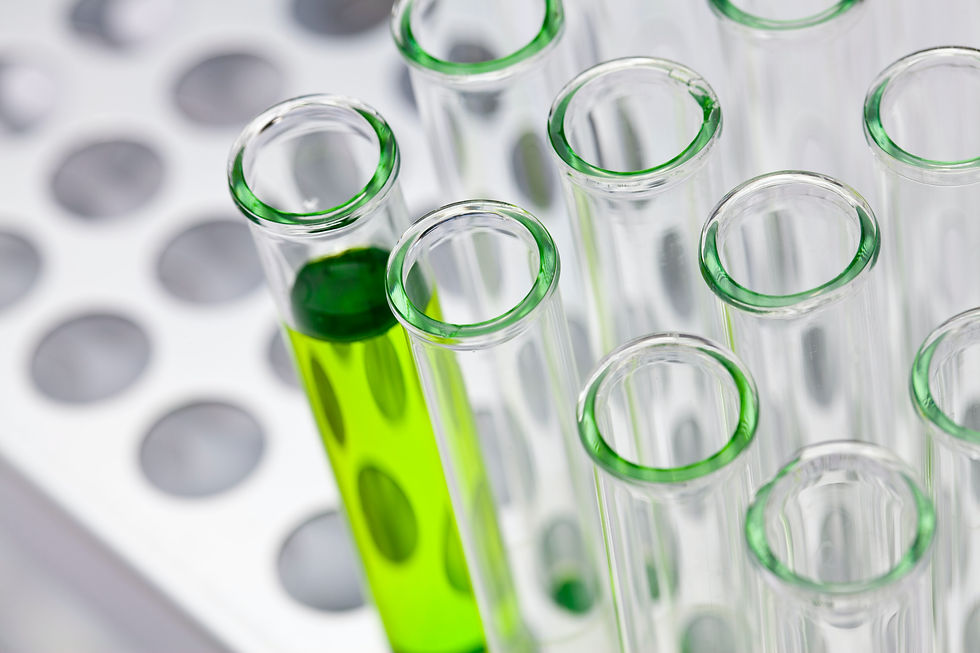

Nicki Gorny
Jun 14, 2025
Local beachgoers know to stay out of the water when the pea-green expanse of a harmful algal bloom settles into Maumee Bay.
But what about the sand?
University of Toledo microbiologists explored the question in a recently published study in the peer-reviewed Journal of Great Lakes Research. Through laboratory tests on a season's worth of sand and water samples from Maumee Bay State Park in Oregon, Ohio, they documented the accumulation of an algal toxin in the portion of the beach that is regularly inundated by lake waves—and established that it sticks around for up to three weeks.
Local beachgoers know to stay out of the water when the pea-green expanse of a harmful algal bloom settles into Maumee Bay.
But what about the sand?
University of Toledo microbiologists explored the question in a recently published study in the peer-reviewed Journal of Great Lakes Research. Through laboratory tests on a season's worth of sand and water samples from Maumee Bay State Park in Oregon, Ohio, they documented the accumulation of an algal toxin in the portion of the beach that is regularly inundated by lake waves—and established that it sticks around for up to three weeks.
"So even if the water tests clean, the sand might not," UToledo doctoral student Garrett Moots said.
Moots, who is studying ecology and organismal biology, led the research under Dr. Von Sigler, a professor of environmental microbiology in the Department of Environmental Sciences. Their work furthers an extensive and discipline-crossing body of research into harmful algal blooms at UToledo, which for more than a decade has been at the forefront of efforts to protect water quality and the health of Lake Erie.
To read the rest of the Article, click here: https://www.msn.com/en-us/weather/topstories/microbiologists-document-algal-toxins-in-lake-erie-beach/ar-AA1GANmD?ocid=entnewsntp&pc=U531&cvid=1a999bb87b814b589edc6e3fb48436ad&ei=18

